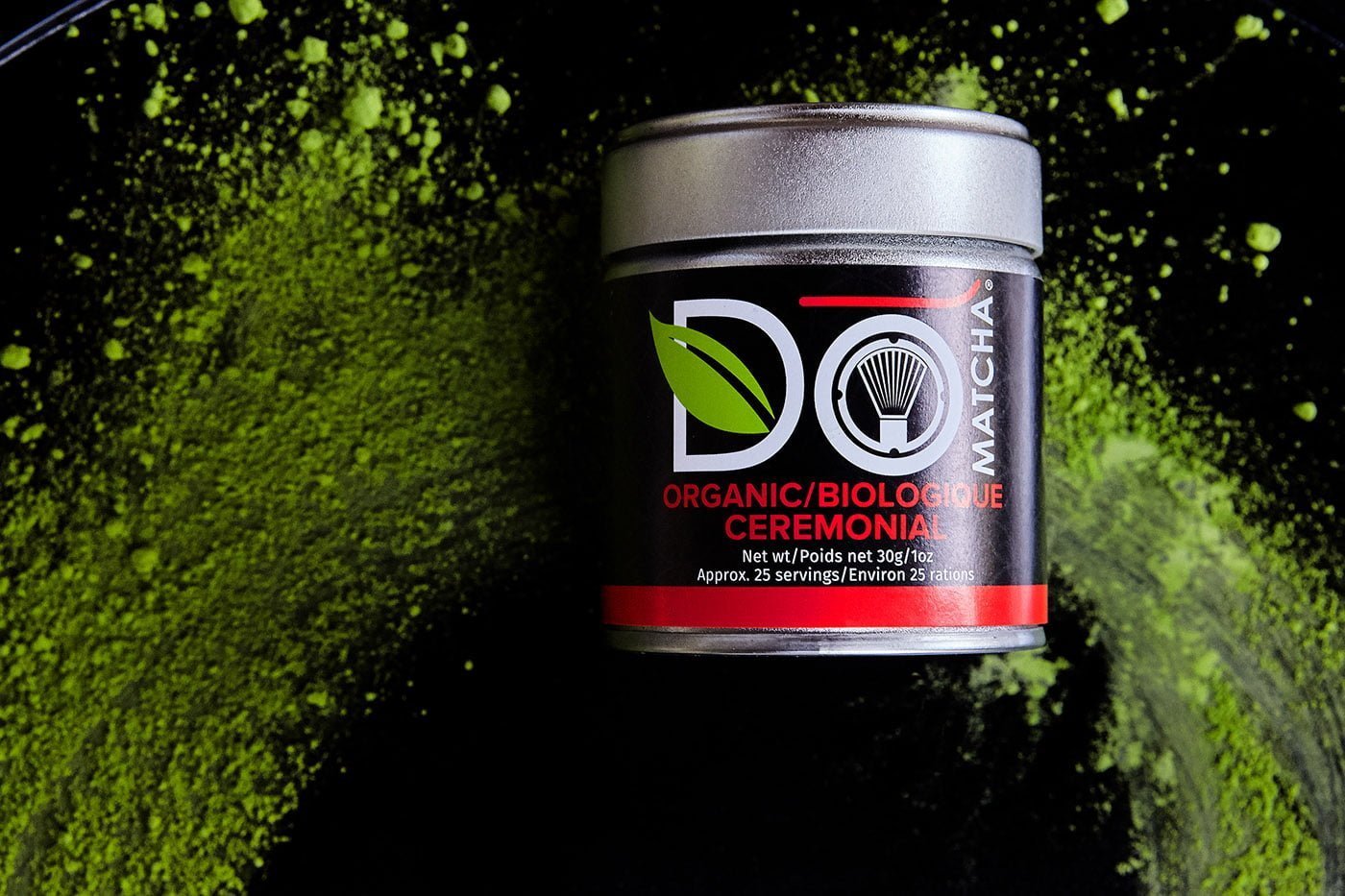In 1892, William H. Andrews and Edward W. George established Andrews & George Company Limited, an import/export firm with roots in Japan. The company specialized in the importing of machinery to the United States and was the first foreign-owned corporation to be listed on the New York Stock Exchange. In its early years, the company brought the first vehicle into Japan, in 1902, and also entered into a contract with Bosch, as their first agency, in 1911. Those were just two on a roster of robust trading ventures, over the years.
More than a century later, with John Harrison, great-grandson of William H. Andrews, at the helm, Andrews & George Company Limited has evolved into a hugely successful global distributor. Harrison founded Ecotrend Ecologics Limited, a national natural health and wellness product distributor that serves over 5000 retailers.


Andrews & George Company Limited has also seen tremendous success as a supplier of matcha tea, in bulk, to food chains, tea shops, and contract manufacturers. It is the parent company of DōMatcha®, founded by Harrison in 2007, as a nod to his predecessor’s legacy and ties with Japan. DōMatcha® derives its name from Sadō, “the Way of Tea,” and is a fully- authentic Japanese matcha, now distributed and enjoyed globally.
Bridges delves into the company’s well-established presence and profound past, in this report.
Can you tell us about the rich history of Andrews & George Company Limited in Japan since its establishment in 1892? How has the company evolved over the years to become a prominent player in the Japanese market?
Andrews & George Limited was the first established foreign trading company in Japan. It was founded by William Andrews and Edward W. George. They primarily imported foodstuffs, specialized machinery, and tools to Japan, and the company has been a family-owned venture since inception. In a historic milestone in 1902, Andrews & George Company Limited imported the first automobile to Japan. Until WWII, business flourished under the watch of the dedicated staff in Tokyo. In 1939, Richard Andrews was forced to flee Japan before the war ensued. In 1946, he returned to a war-devastated Tokyo only to find a lone building still standing in the distance: Andrews & George. The Japanese staff had protected the business from the fire raging through the city by putting wet rice burlap bags on the building. When Richard Andrews reunited with his staff, they returned the building keys to him. Business continued to flourish after the war.


The business leadership and ownership is now under John Harrison, the great-grandson of William Andrews. Years after establishing his home and distribution business in Canada, British Columbia, John returned to Japan in 2005 in search of a new venture; one that paid homage to his Japanese roots. With newfound business partners based out of Japan, a mission was realized to bring matcha and its tradition to the West. In 2007 — having partnered with Kazunori Handa-san, Shohokuen CO., LTD, and Marukyu Koyamaen — Andrews & George Limited introduced DōMatcha® to its portfolio of companies and started importing and distributing Japanese matcha in Canada and the United States. Because DōMatcha® was the first of its kind in North America, it eventually began to spur a lot of attention and generate a lot of sales. After several years, flocks of matcha businesses would erupt throughout North America; further bringing business to Japanese matcha suppliers and growers.With the tremendous interest and growth of matcha in North America, the European markets also saw rapid growth.


In 2007, Andrews & George Company Limited ventured into the matcha business with the brand DōMatcha®. Could you share the story behind this decision? What motivated the company to enter the matcha market, and how did it navigate the challenges of introducing matcha to Canada and to a global audience?
Matcha is a very familiar substance in Japan, but even there, it’s not consumed regularly. It’s mostly reserved for special occasions or tea ceremonies, denoting the high value of this product. Most Japanese drink Sencha green tea (loose-leaf). This tradition has existed since matcha’s inception around the 11th to 12th century in Japan. Matcha, a vibrant green tea made from finely ground Tencha was reserved for the nobility class and the Samurai, partly due to its labor-intensive processing. Prior to 2007, there were no matcha brands that existed in North America. When John Harrison visited Japan in 2005, he was inspired to bring matcha back to the West, because of the groundbreaking health benefits of green tea. Matcha — which is green tea in powdered form, where the full leaf is consumed — provides ten times the health benefits of steeped tea. Besides the nutritional benefits of matcha, John wanted to offer a new way of doing things; from relishing the slow preparation of the product to savoring the rejuvenating quality of matcha tea. This included the practice of traditionally whisking matcha with hot (175 F / 80 C) water to make tea. Initially, North Americans were not enthusiastic about whisking matcha, because it was a time-consuming process and not something that was familiar to the North American culture. The first retailer that agreed to carry DōMatcha® was Whole Foods Market in West Vancouver. To overcome the barrier that deterred consumers from even trying matcha, John got creative and started making iced matcha “lattes” with DōMatcha® and almond milk. This made it very easy to sample, and within days, the product completely sold out at the store. He began to use a similar approach at other retailers. With this success DōMatcha® was approached by Whole Foods USA. Entry into the USA market soon followed. Aside from North America, DōMatcha® has been to trade shows in the United Arab Emirates, Russia, and Poland. It was well-received in business circles for its cognitive-enhancing properties, specifically its high L-theanine and moderate caffeine content. In Japan, Japanese retailers and business people were ecstatic about the widespread success that matcha was gaining, globally.
Today, DōMatcha® is distinguished as a brand for honoring the timeless tradition and ritual of consuming matcha as a tea or a beverage. Where many brands have incorporated matcha into baked goods and confectionaries, DōMatcha® strives to promote the consumption of matcha in its traditional form. As such, more consumers are now interested in learning about the history of matcha and how to prepare it with a whisk.
Today, DōMatcha® is distinguished as a brand for honoring the timeless tradition and ritual of consuming matcha as a tea or a beverage. Where many brands have incorporated matcha into baked goods and confectionaries, DōMatcha® strives to promote the consumption of matcha in its traditional form.


DōMatcha has successfully popularized matcha, worldwide. Could you discuss some of the strategies and initiatives implemented by Andrews & George Company Limited to make matcha more accessible and appealing to consumers around the world? How has the brand positioned itself in the global market?
Matcha has become popular in different continents outside North America like Europe, Middle East, and Asia. The success of DōMatcha® in the North American markets, raised interest levels in many other countries where today, 17 years after its introduction, matcha is a global phenomenon. We love to see the tradition of matcha spread far beyond our homebase as we know each culture adds its own touch to this beautiful ingredient.


In terms of accessibility, DōMatcha® is carried in over 1500retail stores across North America. We consistently offer product training to enrich the experience of retailers’ staff and their customers. We also work with various teams to help spread DōMatcha®’s vision far and wide.
A couple of years after we launched the brand, we noticed a surge in demand for organic products. This was just shortly after the organic revolution in the late nineties and early 2000s. We started looking for matcha growers in Japan that were certified organic, and we had a challenging time doing so because it was very rare, at the time. Eventually, we settled upon a small family business that was organically certified. We began sourcing our matcha from Kagoshima, Japan and created an organic line which went on to do very well in the market. Today, there’s a proliferation of organic matcha on the market, but we were the first to introduce it.


By 2017, we knew our key customer base belonged in the mature adult to elderly range, and many of these customers could not tolerate even regular levels of caffeine. And so we got back to work and paired up with one of the premium matcha suppliers in Japan, Marukyu Koyamaen, to create the first decaffeinated matcha on the market. This product was developed after several years and named Master’s Decaf.



The best way to describe DōMatcha® is that we’re a little different than everyone else. The first and foremost thing we care about is integrity to matcha as a cultural product. We’re very particular about how the product is presented to the market and we only publish information verified by scientific communities or by our business partners in Japan. We recognize we’re merely a vessel for bringing this product to the West, yet we’ve adapted it slightly to make it palpable to the average North American. Yes, we are traditional in the way we do things, as in taking the extra time to produce an ideal product —but we also have made modifications regarding how to prepare matcha; to which it’s as simple and understandable for the consumer, as possible.
Looking ahead, what are the future plans for DōMatcha® and Andrews & George Company Limited? Are there any exciting developments or innovations on the horizon that you can share? How does the company envision further expanding its presence in the matcha industry and maintaining its success in the years to come?
DōMatcha® Firsts
- First retail matcha brand in North America.
- First ones to coin the terms: Ceremonial matcha, Summer Harvest matcha, and Culinary matcha.
- First organic matcha brand in North America.
- First to produce matcha in travel packet size.
- First decaf matcha brand in North America.
- First brand to blend matcha to better suit the North American palate.
- First brand to modify and demonstrate a more casual matcha preparation method (inventor of iced matcha lattes!).
- First brand to use the Triple Freshness and Safety protocol.
DōMatcha® intends to continue with the trend of “firsts” by exploring new innovations and directions for this remarkable tea.












